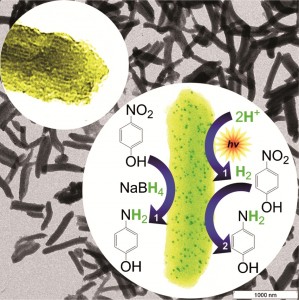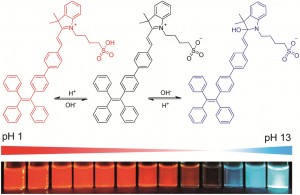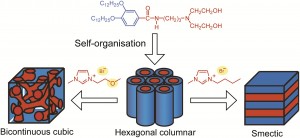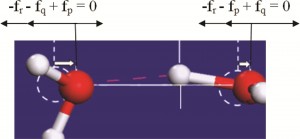Scientists in Germany have made a new mesoporous material (carbon nitride nanorods) that can chaperone metal nanoparticles. The hybrid nanorods are catalytic and were shown to successively trigger water reduction to form hydrogen then activation of the hydrogen to reduce nitrophenol. The nanorods could potentially be used as a matrix for other nanoparticles, leading to a variety of applications.
Link to journal article
Mesoporous g-C3N4 nanorods as multifunctional supports of ultrafine metal nanoparticles: hydrogen generation from water and reduction of nitrophenol with tandem catalysis in one step
X-H Li, X Wang and M Antonietti
Chem. Sci. ,2012, DOI: 10.1039/c2sc20289a














